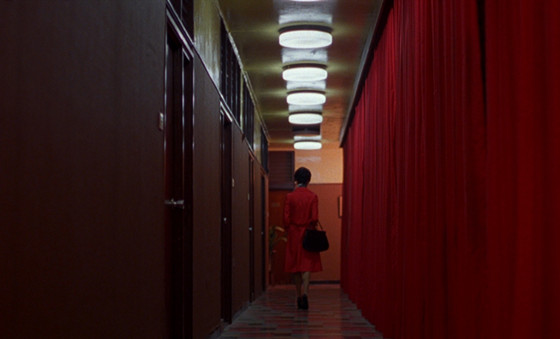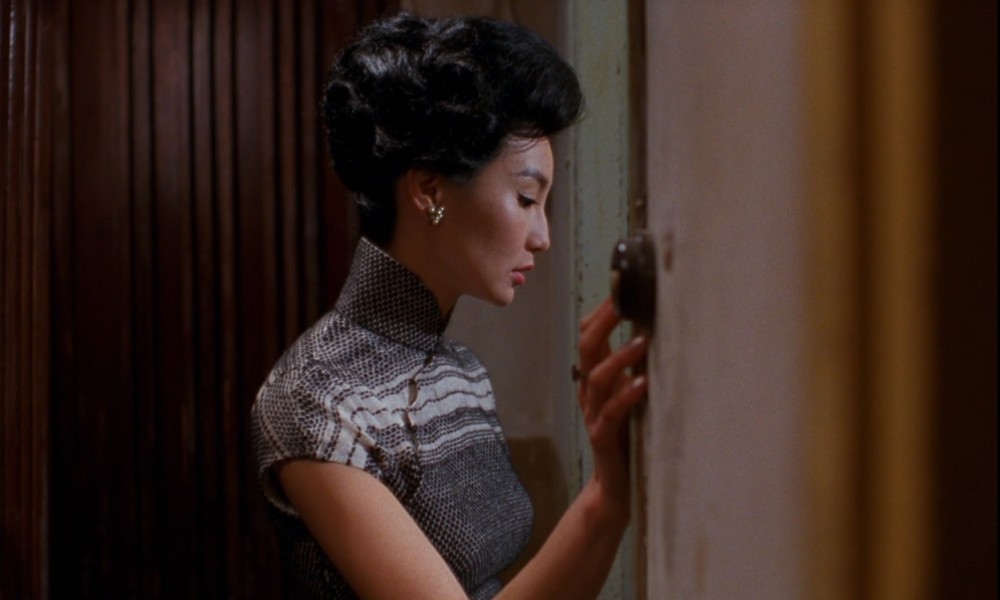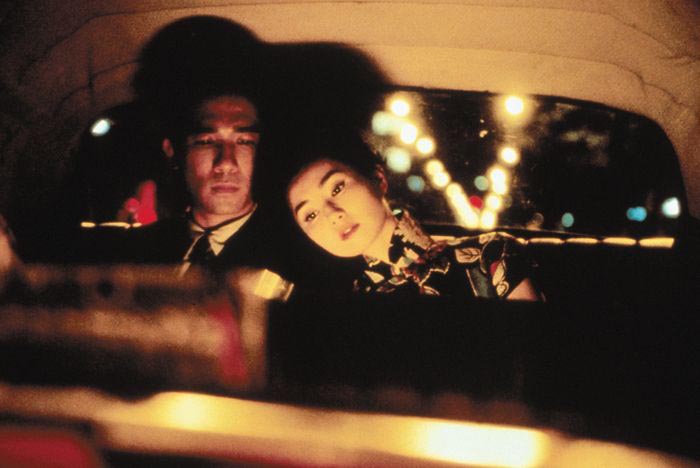In The Mood For Love
Introduction
Wong Kar-Wai’s In The Mood For Love revolves around Mr Chow and Mrs Chan, as they realise that their respective spouses are having an affair with each other. Feelings gradually begin to blossom between them, and leads to them starting a relationship of their own.
For a film of this title, it presents love in a pretty depressing light. A forbidden love in the form of the adulterers, and a relationship with an eventual end and a sense of wrongness looming overhead in the form of Mr Chow and Mrs Chan. Throughout the film, we are constantly reminded that the relationship between Mr Chow and Mrs Chan is a doomed one, and adds a layer of depth to their relationship and interactions. As a viewer, it would be natural to support the main characters here, and it is crushing as we already know the eventual outcome of the relationship. As for the adulterers, I would like to quote film critic Roger Ebert. “Movies about adultery are always about the adulterers”, but here, Wong chooses to focus on the victims of the adultery, and to great effect as well. With his signature elegant style, Wong presents a beautifully tragic tale and aims right for your heart.
Speaking of his style, Wong serves up an aesthetically pleasing delight. The colour palette that he chooses very clearly denotes the mood of a particular scene. He mainly makes use of the four primary colours in colour psychology; red, blue, yellow and green. In colour psychology, these colours represent the body, emotion, mind, and the essential interdependence and harmony between these three elements respectively, and Wong reflects this with much subtlety. The colours themselves reflect the state of mind of our leads, especially the colours red and blue. Red reflects passion and love, while blue reflects sombre sadness. Wong also constantly contrasts red to the darkness of the background to further accentuate how the characters’ love have to be suppressed in the shadows, while doubling as a beautiful, visually-appealing aesthetic. I want to touch on the cinematography a little more, as it truly is flawless. Every puff of smoke that permeates the air looks stunning and entrancing. The scenes in slow-motion are hypnotic and are used expertly to convey Wong’s intentions, especially when combined with the serene and soothing, yet sombre and heartbreaking “Yumeji’s Theme”, composed by Shigeru Umebayashi. The camerawork is so subtle throughout the film; sometimes adopting a “fly on the wall” position, sometimes peeking around corners or from behind walls, constantly staying out of the way of our leads, as if we are the ones that our leads imagine to be watching them, slowly pressuring them to stay apart.
 |
| Wong's exquisite use of the colour red |
As mentioned earlier, at the heart of this story is the fact that the relationship between our leads is not meant to happen: it is an affair. Not only is it morally wrong, but there is a social stigma attached to adultery in a 1962s Hong Kong. It is here where Wong displays his nuance of keeping the two lovers apart, rather than allow them to reach an audience-pleasingly happy together. It is tragic and heartbreaking, as Wong relentlessly reflects the sense of longing and desire between Mr Chow and Mrs Chan, one which can only be temporarily and fleetingly realised. There is a strong sense of loneliness in this film, and the audience can really feel how our leads are trapped in their prisons of forced loneliness, with no means of escape to each other.
 |
| Our main characters are forcefully trapped in loneliness |
All in all, Wong Kar-Wai serves up a delightfully bleak romance story with In The Mood For Love. I really doubt that I can do this film justice with my piece of writing. The technical excellence that is displayed by him is off-the-charts, and Wong proves himself to be a true master of cinema with this film. I cannot wait to check out the sequel to this film, 2046, as well as Wong’s other works. I strongly recommend this film, it is an experience that you would not regret taking part in.



Comments
Post a Comment